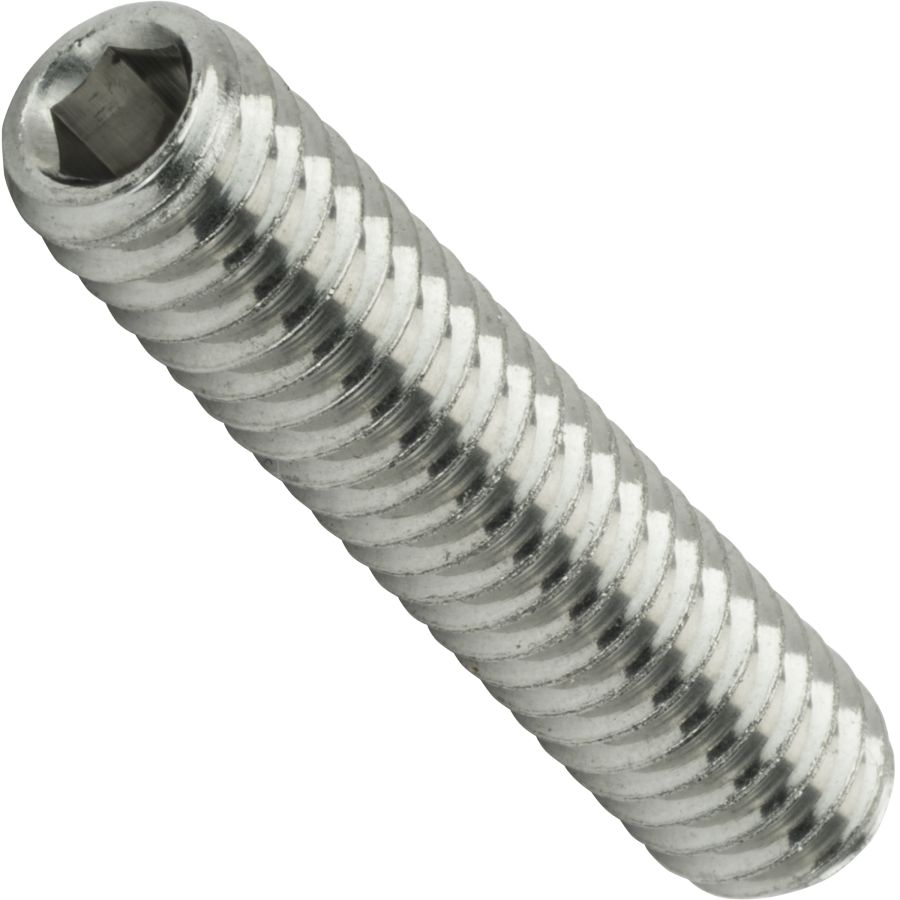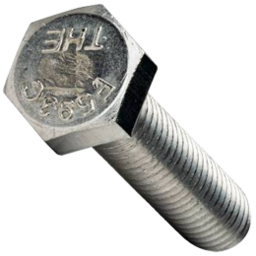I’ve read somewhere between 3 and 300 threads on top balancing and each one starts in the same way, green folks like myself thinking hey, how hard can this be? A simple question about how and what power supply to use quickly shifts into a comprehensive technical discussion. This is an amazing community with brilliant folks who understand this stuff inside and out. Personally, stumbling onto this site is the only reason I‘m able to even entertain the solar build that I’m planning.
I’ve watched Will’s how-to video too many time to recall and it does seem pretty straight forward. New cells will be arrive with a high SOC. Connect in parallel, set your bench top power supply to 3.6V, grab a coffee and wait for the amperage to drop to 100ma.
My planned approach is to follow Will‘s recommendation. Parallel charge until the amperage hits 100ma, let settle overnight, connect in a 4S configuration, attach BMS and done. I’ll likely run through some capacity tests to understand what my ranges are but that’s it. Is it really that simple? Here are the couple of units that I’m looking at. I’m not looking for something complicated - cost is not the concern, just looking for “simple”. I have far too much to learn about the end-to-end system that I need to pick my battles wisely! I’d like to understand what are the common issues/conditions/scenarios that I need to be mindful of. I’ve read a lot about the concerns of overcharging related to the very flat charge curve, dropping off very quickly. How safe are these cheap power supplies from that perspective? If set at 3.6v can you trust that it will not exceed? How on point does a person have to be, watching for the moment that they hit 100ma?
As always, really appreciate the input, and patience
I’ve watched Will’s how-to video too many time to recall and it does seem pretty straight forward. New cells will be arrive with a high SOC. Connect in parallel, set your bench top power supply to 3.6V, grab a coffee and wait for the amperage to drop to 100ma.
My planned approach is to follow Will‘s recommendation. Parallel charge until the amperage hits 100ma, let settle overnight, connect in a 4S configuration, attach BMS and done. I’ll likely run through some capacity tests to understand what my ranges are but that’s it. Is it really that simple? Here are the couple of units that I’m looking at. I’m not looking for something complicated - cost is not the concern, just looking for “simple”. I have far too much to learn about the end-to-end system that I need to pick my battles wisely! I’d like to understand what are the common issues/conditions/scenarios that I need to be mindful of. I’ve read a lot about the concerns of overcharging related to the very flat charge curve, dropping off very quickly. How safe are these cheap power supplies from that perspective? If set at 3.6v can you trust that it will not exceed? How on point does a person have to be, watching for the moment that they hit 100ma?
As always, really appreciate the input, and patience
DC Power Supply Variable, 0-30 V / 0-10 A LW-K3010D Adjustable Switching Regulated Power Supply Digital, with Alligator Leads US Power Cord Used for Spectrophotometer and lab Equipment Repair: Amazon.com: Industrial & Scientific
DC Power Supply Variable, 0-30 V / 0-10 A LW-K3010D Adjustable Switching Regulated Power Supply Digital, with Alligator Leads US Power Cord Used for Spectrophotometer and lab Equipment Repair: Amazon.com: Industrial & Scientific
www.amazon.com





